Note that an odds ratio is a good estimate of the risk ratio when the outcome occurs relatively infrequently (2ERA–EDTA Registry, Department of Medical Informatics, Academic Medical Center, UniversityWhen events are common, as is often the case in clinical trials, the differences between odds and risks are large For example, a risk of 05 is equivalent to an odds of 1;
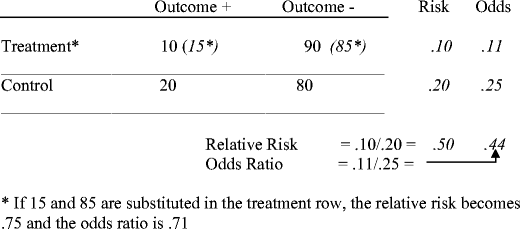
Tips For Teachers Of Evidence Based Medicine Understanding Odds Ratios And Their Relationship To Risk Ratios Springerlink
Odds ratio vs risk reduction
Odds ratio vs risk reduction- Odds Ratios vs Risk Ratios Posted on by StatsBySlough From the previous post, we understand that Odds Ratios (OR) and Risk Ratios (RR) can sometimes, but not always be interpreted in the same way We even saw that scientific studies made the mistake of interpreting odds ratios as risk ratiosThe absolute risk is the probability of an event in a sample or population of interest The relative risk (RR) is the risk of the event in an experimental group relative to that in a control group The odds ratio (OR) is the odds of an event in an experimental group relative to that in a control group




Epidemiology Odds Ratio Or Bean Around The World
2514 Relation between the odds ratio, relative risk, and baseline risk Home Categories s My Tools About Leave message RSS category Bioinformatics tag Genetics "Odds ratios are not well understood as a measure of effect size, and conversion to relative risks by a simple calculation would improve understanding of findings" Odds ratio vs relative risk Odds ratios and relative risks are interpreted in much the same way and if and are much less than and then the odds ratio will be almost the same as the relative risk In some sense the relative risk is a more intuitive measure of effect size Note that the choice is only for prospective studies were the distinctionThe risk ratio (or relative risk) is the ratio of the risk of an event in the two groups, whereas the odds ratio is the ratio of the odds of an event (see Box 92a) For both measures a value of 1 indicates that the estimated effects are the same for both interventions
8714 Odds ratio vs risk ratio Odds ratio and risk ratio are related concepts that can be interchanged when the prevalence of the effect is low, but not in other situations The realm of science is full of traps The basic difference is that the odds ratio is a ratio of two odds (yep, it's that obvious) whereas the relative risk is a ratio of two probabilities (The relative risk is also called the risk ratio) Let's look at an example Relative Risk/Risk Ratio Suppose you have a school that wants to test out a new tutoring program1 Answer1 Odds ratio and relative risk are two measures used to describe the likelihood of an event happening The odds ratio is defined as the ratio of the odds of an event or disease occurring in one group to the odds occurring in another group The standard formula is X / ( 1 − X) / Y / ( 1 − Y), where X and Y are the probability
Measures of effect Relative risks, odds ratios, risk difference, and 'number needed to treat' G Tripepi1, KJ Jager2, FW Dekker2,3, C Wanner4 and C Zoccali1 1CNRIBIM, Clinical Epidemiology and Physiopathology of Renal Diseases and Hypertension of Reggio Calabria, Reggio Calabria, Italy;Odds Ratio, Relative Risk, Risk Difference Statistics Tutorial #30 MarinStatsLectures How Compelling Is Your Writing?The odds ratio (OR) is a ratio of 2 numbers, like the relative risk we have 3 options OR = 1 The odds in the first group are the same as those in the second So no evidence that drinking wine can either OR > 1 The odds of having the disease in the exposed group are higher than the unexposed




Probability Odds Ratio And Relative Risk Gp Raj



54 55 Review 1 This Slide Illustrates That Even If The Disease Or Health Outcome Is Not Rare The Odds Ratio And Risk Ratio Estimate May Be Identical Or Similar Depending On The Effect Size
Odds ratios (OR) are commonly reported in the medical literature as the measure of association between exposure and outcome However, it is relative risk that people more intuitively understand as a measure of association Relative risk can be directly determined in a cohort study by calculating a risk ratio (RR) The risk ratio, the incidence rate ratio, and the odds ratio are relative measures of effect Risk difference is an absolute measure of effect and it is calculated by subtracting the risk of the outcome in exposed individuals from that of unexposedAnd how just a few letters in the code fitting a generalized linear model mean the difference between extracting one or the other There are plenty of other explan




Mixing Of Confounding And Non Collapsibility A Notable Deficiency Of The Odds Ratio American Journal Of Cardiology




How To Be Awesome At Biostatistics And Literature Evaluation Part Ii Tl Dr Pharmacy
260 Odds ratios While risk reports the number of events of interest in relation to the total number of trials, odds report the number of events of interest in relation to the number of events not of interest Stated differently, it reports the number of events to nonevents1717 When the incidence of an outcome is low ( Risk Ratio vs Odds Ratio Whereas RR can be interpreted in a straightforward way, OR can not A RR of 3 means the risk of an outcome is increased threefold A RR of 05 means the risk is cut in half But an OR of 3 doesn't mean the risk is threefold;




Pdf The Relative Merits Of Risk Ratios And Odds Ratios Semantic Scholar




How To Calculate Odds Ratio And Relative Risk In Excel Statology
In epidemiological terms, the odds ratio is used as a point estimate of the relative risk in retrospective studies Odds ratio is the key statistic for most casecontrol studies In prospective studies, Attributable riskor risk difference is used to quantify risk in the exposed group that is attributable to the exposure3) The Odds Ratio 4) After calculating the odds ratio, we observe a 3fold difference in the prevalence rate (75% vs 25%) change to a 9fold difference in the odds ratio Clearly, the two methods produce opposing results Effect of Changing Incidence on OR Problem Let us consider the relationship between smoking and lung cancerThis implausible scenario is shown in Table 5, where collapsed counts for low (or high) risk subjects only produce a 2 × 2 table with an odds ratios of 400




Forest Plot Showing Relative Statistics Of Odds Ratio A And B Or Download Scientific Diagram




Figure 2 X 2 Table With Statpearls Ncbi Bookshelf
7214 Relative risks versus odds ratios Researchers investigated the effectiveness of a probiotic drink containing Lactobacillus for the prevention of any diarrhoea associated with antibiotic use in hospital A randomised double blind placebo controlled trial study design was used This post tries to explain the difference between odds ratios and relative risk ratios;6 OR (a/c)/ (b/d) = ad∗cb The risk, or probability, and the odds are related with the following formula risk = Odds 1 odds from which we can infer that if the risk or the probability of failure is low ( P
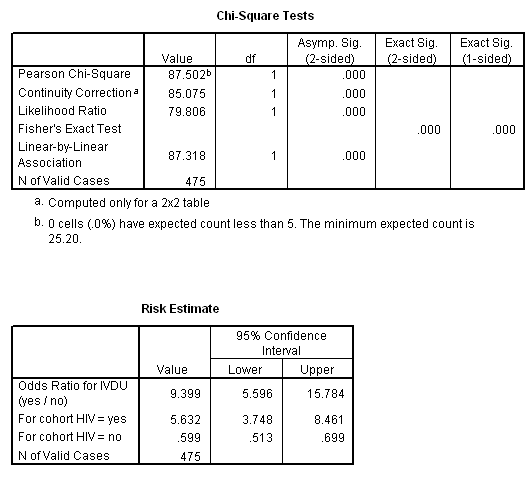



Marg Innovera
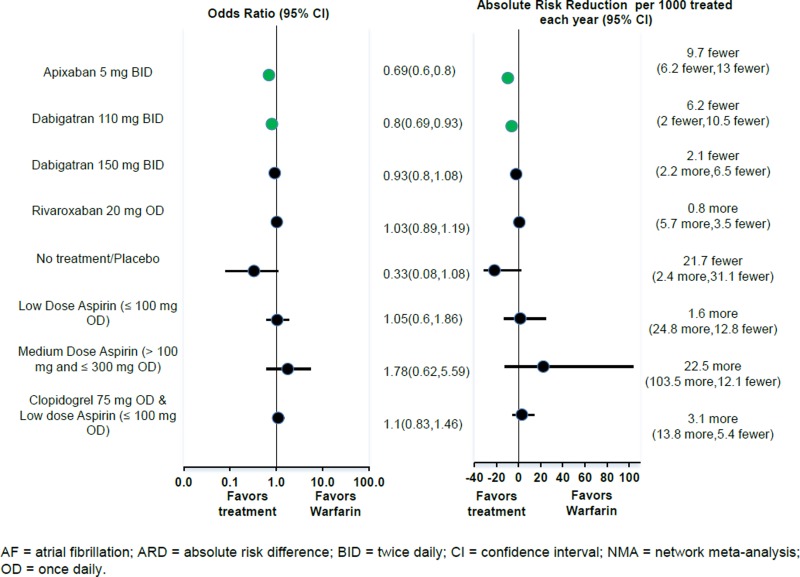



Figure 3 Odds Ratio And Absolute Risk Difference Of Major Bleeding For Antithrombotic Therapies Relative To Adjusted Dose Warfarin For Patients With Af Fixed Effects Nma Antithrombotic Agents For The Prevention Of Stroke
The odds ratio is simply the ratio between the following two ratios The ratio between standard treatment and the new drug for those who died, and the ratio between standard treatment and the new drug for those who survived From the data in the table 1, it is calculated as follows OR = (a/b)/ (c/d) = (152/17)/But then the ratio of the risks, which is RR, is approximately equal to the ratio of the odds, which is ORRisk Ratio vs Odds Ratio The relative risk is different from the odds ratio , although the odds ratio asymptotically approaches the relative risk for small probabilities of outcomes If IE is substantially smaller than IN , then IE/(IE IN) ≈ {\displaystyle \scriptstyle \approx } IE/IN




A Most Odd Ratio Interpreting And Describing Odds Ratios Abstract Europe Pmc
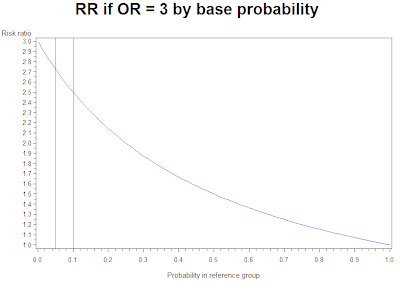



Example 8 29 Risk Ratios And Odds Ratios R Bloggers
Pute either the odds ratio or the relative risk to answer this question The odds ratio compares the relative odds of death in each group For women, the odds were exactly 2 to 1 against dying (154/308 05) For men, the odds were almost 5 to 1 in favor of death (709/142 4993) The odds ratio is 9986 (4993/05) There is a 10fold greaterThe relative risk and the odds ratio are measures of association between exposure status and disease outcome in a population Relative risk In epidemiology, relative risk (RR) can give us insights in how much more likely an exposed group is to develop a certain disease in comparison to a nonexposed group Once we know the exposure and disease status of a research population, Explanation and demonstration with simulated data of the difference between relative risk ratios and odds ratios, and how to extract them from a generalized linear model This post tries to explain the difference between odds ratios and relative risk ratios;



Research Statistics Basics Contents 1 Basic Concepts 2 References Basic Concepts Null Hypothesis The Hypothesis That The Independent Variable Has No Effect On The Dependent Variable For Example Steroids Do Not Improve Outcomes In Ards Would Be




Calculate Relative Risk With 95 Confidence Intervals
The risk ratio, the incidence rate ratio, and the odds ratio are relative measures of effect Risk difference is an absolute measure of effect and it is calculated by subtracting the risk of the outcome in exposed individuals from that of unexposed To the Editor Dr Norton and colleagues 1 described significant limitations of odds ratios (ORs) but they did not report one important advantage of ORs compared with risk ratios (RRs) the magnitude of the association between an exposure and a dichotomous outcome is invariant to whether the outcome is defined as event occurrence (eg, death) or nonoccurrenceIn other words, for the exposed population, the risk of developing the disease is approximately equal to the odds Analogous reasoning shows that the risk is approximately equal to the odds for the nonexposed population as well;




Definition And Calculation Of Odds Ratio Relative Risk Stomp On Step1




A Risk Ratio A Risk Difference And An Odds Ratio Chegg Com
Oddskvot (OR) används inom statistiken för att kvantifiera hur en variabel (tex arbetsmiljöexponering tunga lyft) som man är intresserad av förhåller sig till en annan variabel (tex sjukdom hjärtkärlsjukdom) i en given populationFörkortningen OR används ofta för den engelska termen odds ratioKvoten mellan två kvoter (ett annat ord för kvot är odds)And how just a few letters in the code fitting a generalized linear model mean the difference betweenRather the odds is threefold greater



Odds Vs Risk Vantage Research




Table 2 From Interpretation Of Odds And Risk Ratios Semantic Scholar
18 Odds ratio is similar to relative risk In the sheepskin trial the relative risk was 058 and the odds ratio was 054 For most clinical trials where the event rate is low, that is less than 10% of all participants have an event, the odds ratio and relative risk can be considered interchangeableThe odds ratio can also be used to determine whether a particular exposure is a risk factor for a particular outcome, and to compare the magnitude of various risk factors for that outcome OR=1 Exposure does not affect odds of outcome OR>1 Exposure associated with higher odds of outcome OR For example an odds of 01 is written as 110 and an odds of 5 is written as 51 Risk and risk ratios are more commonly used than odds and odds ratios in medicine as these are much more intuitive Risk describes the probability of an event occurring In medicine this is often an undesirable health outcome or adverse event Risk is usually expressed as a number between zero and 1, although it can also be converted into a percentage




Calculation Of Odds Ratios Or And Relative Risk Rr Derived From Download Scientific Diagram




Math Formula To Reproduce A Plot Comparing Relative Risk To Odds Ratios Cross Validated
29 A risk or odds ratio = 1 indicates no difference between the groups A risk or odds ratio > 1 indicates a heightened probability of the outcome in the treatment group The two metrics track each other, but are not equal An example with a control group and a therapy treatment group Treatment group 5 deaths, 95 survive Risk = 5/100 = 005 We can define the following terms The odds ratio (OR) is the ratio of the odds of cancer in smokers to the odds of cancer in nonsmokers OR = (a/b)/ (c/d) = (ad)/ (bc) The risk ratio (RR), also called the relative risk, is the ratio of the probability of cancer in smokers to the probability of cancer in nonsmokersBoth the odds ratio and the relative risk compare the relative likelihood of an event occurring between two groups The relative risk is easier to interpret and is consistent with general intuition Some designs, however, allow only for the calculation of the odds ration Covariate adjustment is easier for an odds ratio




Cureus What S The Risk Differentiating Risk Ratios Odds Ratios And Hazard Ratios




When Can Odds Ratios Mislead The Bmj
4509 The odds ratio will estimate the average change in odds (the average odds ratio) among exposed individuals only when all individual odds ratios are equal and all individual outcome risks without exposure are equal 1;The odds ratio is a common measure of risk but its interpretation may be hazardousOdds Ratio, Hazard Ratio and Relative Risk Janez Stare1 Delphine MaucortBoulch2 Abstract Odds ratio (OR) is a statistic commonly encountered in professional or scientific medical literature Most readers perceive it as relative risk (RR), although most of




A Most Odd Ratio American Journal Of Preventive Medicine




Pdf The Relative Merits Of Risk Ratios And Odds Ratios Semantic Scholar
8116 Percent increase = (Risk Ratio lower bound – 1) x 100 Percent decrease = (1 – Risk Ratio upper bound) x 100 It's worth stating again when comparing two proportions close to 1 or 0, the risk ratio is usually a better summary than the raw difference Odds Ratios We now turn to odds ratios as yet another way to summarize a 2 x 2 table Odds ratio (OR), risk ratio (RR), and prevalence ratio (PR) are some of the measures of association which are often reported in research studies quantifying the relationship between an independent variable and the outcome of interest There has been much debate on the issue of which measure is appropriate to report depending on the study designAn odds ratio of 05 would mean that the exposed group has half, or 50%, of the odds of developing disease as the unexposed group In other words, the exposure is protective against disease Is odds ratio a measure of risk?




Calculate Relative Risk With 95 Confidence Intervals




What Does An Odds Ratio Or Relative Risk Mean
And a risk of 095 is equivalent to odds of 19See all my videos at https//wwwzstatisticscom/videos/Health Stats IQ playlisthttps//youtubecom/playlist?list=PLTNMv857s9WUI5YsQMW14trmbopjZMWPa000 Int1609 Risk ratio = ratio of 2 cumulative incidence estimates = relative risk Since all of the measures are ratios, either of probabilities or of odds, it is clearer and simpler to use the word ratio in describing each type




Pdf Odds Ratio Or Relative Risk For Cross Sectional Data Semantic Scholar




Risk Ratio Versus Odds Ratio Dr Journal Club




Odds Ratios Vs Risk Ratios Stats By Slough




Against All Odds How To Visualise Odds Ratios To Non Expert Audiences Henry Lau



Population Perspective Made Easy On Vimeo




Relation Between The Odds Ratio Relative Risk And Baseline Risk



Understanding Measures Of Association Or Risk Odds Ratio Communitymedicine4all



Sensitivity Analysis To Compare The Use Of Risk Ratio Rr With Odds Download Scientific Diagram




How To Calculate An Odds Ratio Youtube
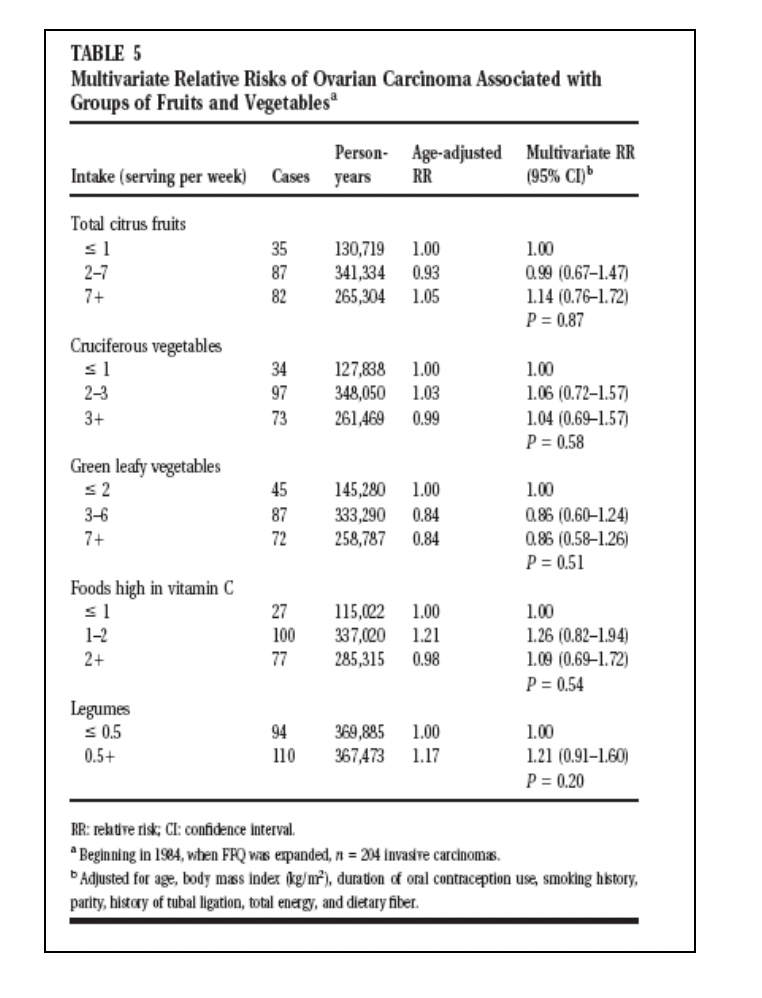



Calculate The Appropriate Measure Of Association Chegg Com




Bar Graph Represents The Summary Odds Ratios Or Relative Risks Of The Download Scientific Diagram




Odds Ratio Relative Risk Risk Difference Statistics Tutorial 30 Marinstatslectures Youtube




Using Odds Ratio In Case Control Studies Youtube



Q Tbn And9gctxz8owky Sul84xtk4ggzacxwhkmhguhlxwyjj9avufagdrhwm Usqp Cau




Risk Difference Rd Risk Ratio Rr And Odds Ratio Or For The Download Table




Relative Risk And Odds Ratio Usmle The Journey




Calculation And Interpretation Of Odds Ratio Or And Risk Ratio Rr Youtube




Tips For Teachers Of Evidence Based Medicine Understanding Odds Ratios And Their Relationship To Risk Ratios Springerlink




Statistics In Medicine Ppt Download




What Is The Difference Between The Risk Ratio Rr And The Odds Ratio Or Quora




Odds Ratio Vs Risk Ratio Exercise The Odds Ratio Chegg Com
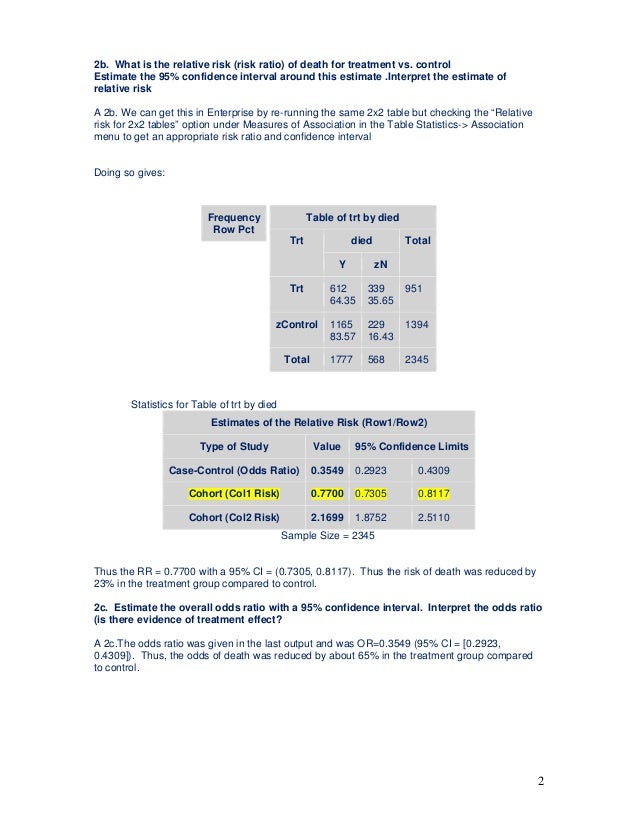



Testing Of Hypothesis Homework Help1




Odds Ratios Versus Relative Risk




Epidemiology Odds Ratio Or Bean Around The World




Hsrp 734 Advanced Statistical Methods June 5 08
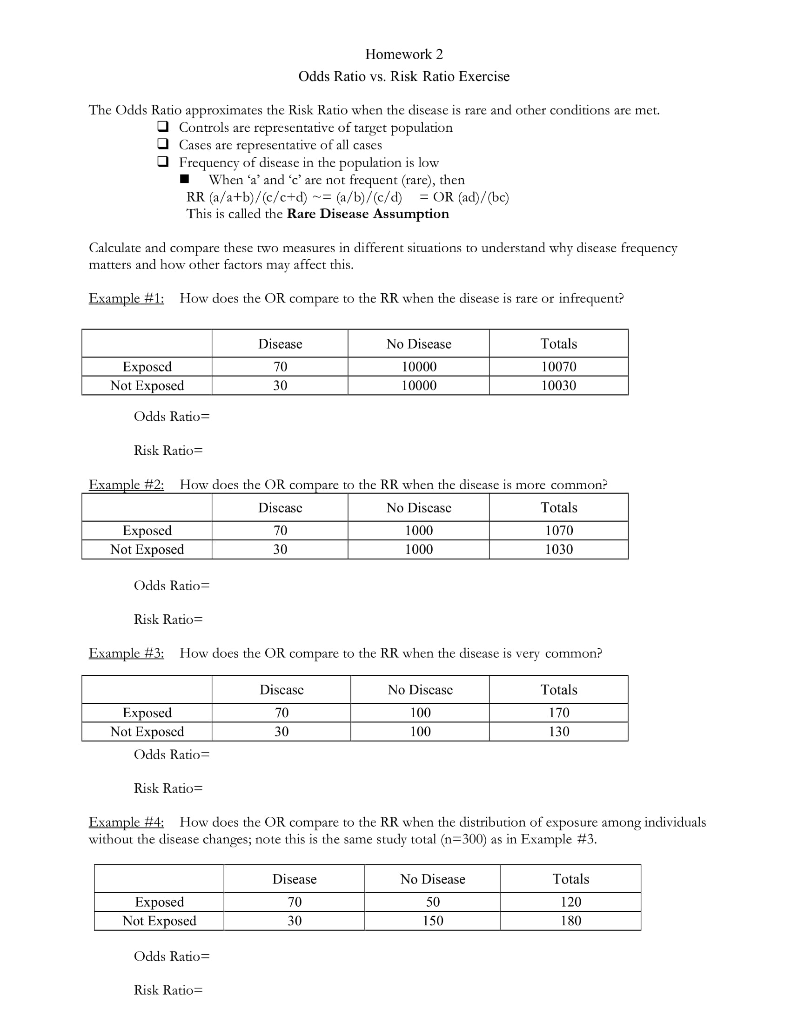



Homework 2 Odds Ratio Vs Risk Ratio Exercise The Chegg Com




Statistics For Clinicians Biostatistics Course By Kevin E




Calculating The Risk Ratio Odds Ratio And Risk Difference In A Randomised Controlled Trial Youtube



Risk Ratio Vs Odds Ratio Hunter 19 Notes And Things




Calculation Of Relative Risks Rr And Odd Ratios Or Download Table




1 Relative Risks Odds Ratios Or Hazard Ratios Of Risk Factors For Download Table




Pdf The Relative Merits Of Risk Ratios And Odds Ratios Semantic Scholar



Q Tbn And9gcq5tpzikqe8jiy9iqzxyqcbaqndofe8d2iabvvrkarpadvgvm8o Usqp Cau




Forest Plot Of Relative Risks Or Odds Ratios From Eighteen Download Scientific Diagram



Q Tbn And9gctxz8owky Sul84xtk4ggzacxwhkmhguhlxwyjj9avufagdrhwm Usqp Cau




Relative And Attributable Risks Absolute Risk Involves People



Confluence Mobile Wiki Ucsf
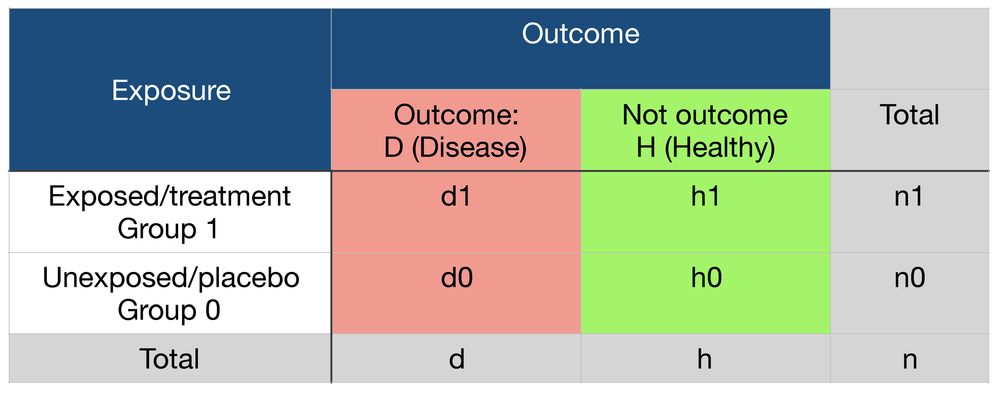



Probability Odds Ratio And Relative Risk Gp Raj
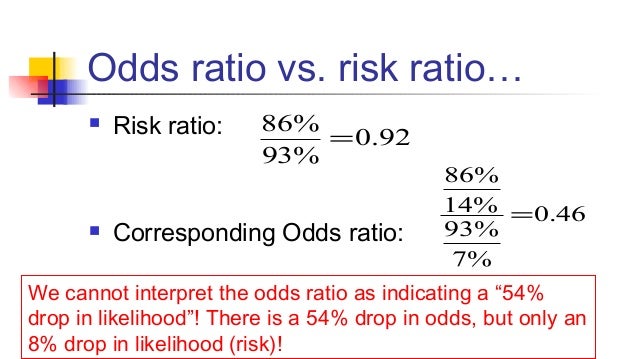



Math3010 Week 6




Relative Risk Odds Ratios Youtube




Assessment Of Multiplicative Interaction Using Risk Ratios And Odds Ratios Download Scientific Diagram
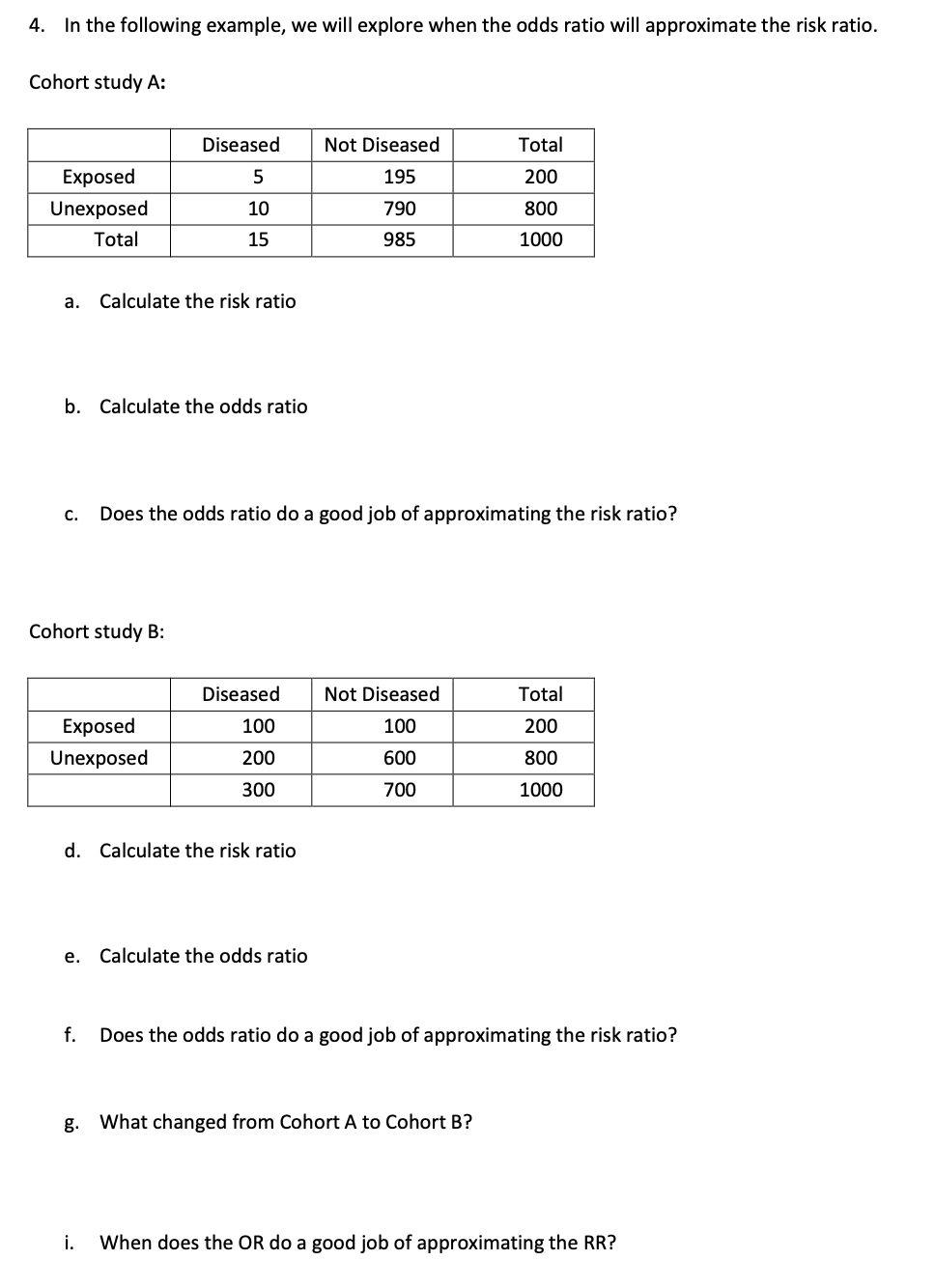



Solved Explore When The Odds Ratio Will Approximate The R Chegg Com




Odds Ratio Relative Risk Calculation Definition Probability Odds Youtube




How To Calculate Odds Ratio And Relative Risk In Excel Statology




Box 9 2 A Calculation Of Rr Or And Rd




In A Meta Analysis Of Adjusted Estimates From Observational Studies Can I Pool Or With Hr And Rr Probably Not How Can I Transform Hr To Or




Odds Ratios And Risk Ratios Youtube




Forest Plot Showing Odds Ratio And Risk Ratio In Al In The Icg Group Download Scientific Diagram




Measures Of Effect Relative Risks Odds Ratios Risk
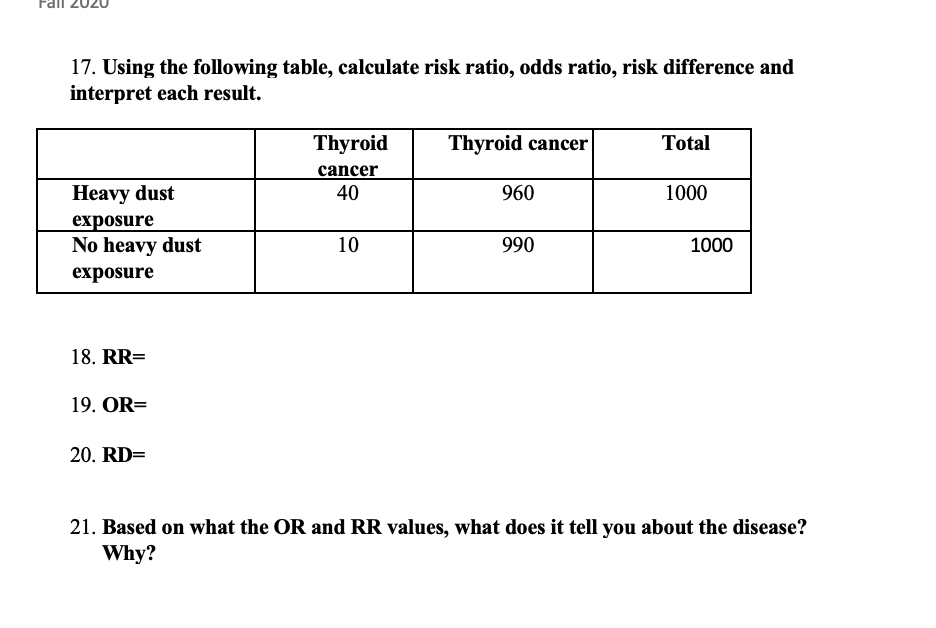



Fall 17 Using The Following Table Calculate Risk Chegg Com




The Difference Between Relative Risk And Odds Ratios The Analysis Factor



1




Ppt Odds Ratio Vs Relative Risk Powerpoint Presentation Free Download Id
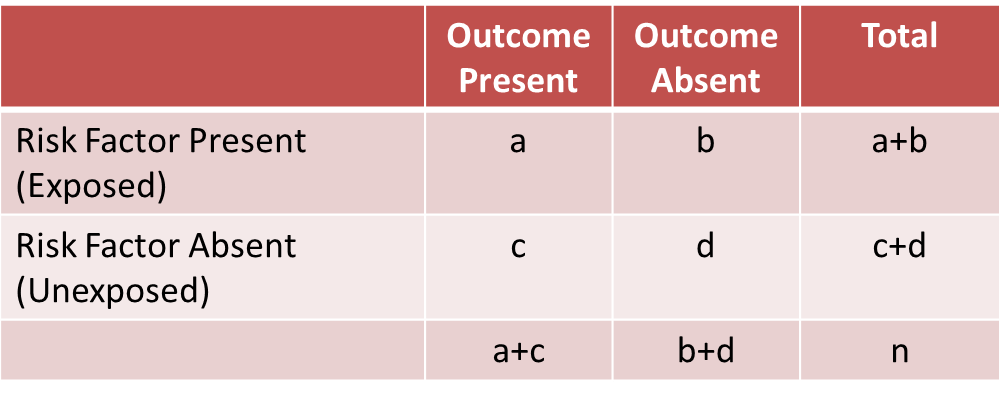



A Stratified Analysis




Converting An Odds Ratio To A Range Of Plausible Relative Risks For Better Communication Of Research Findings The Bmj




Effect Sizes Basicmedical Key




How To Calculate Odds Ratio And Relative Risk In Excel Statology
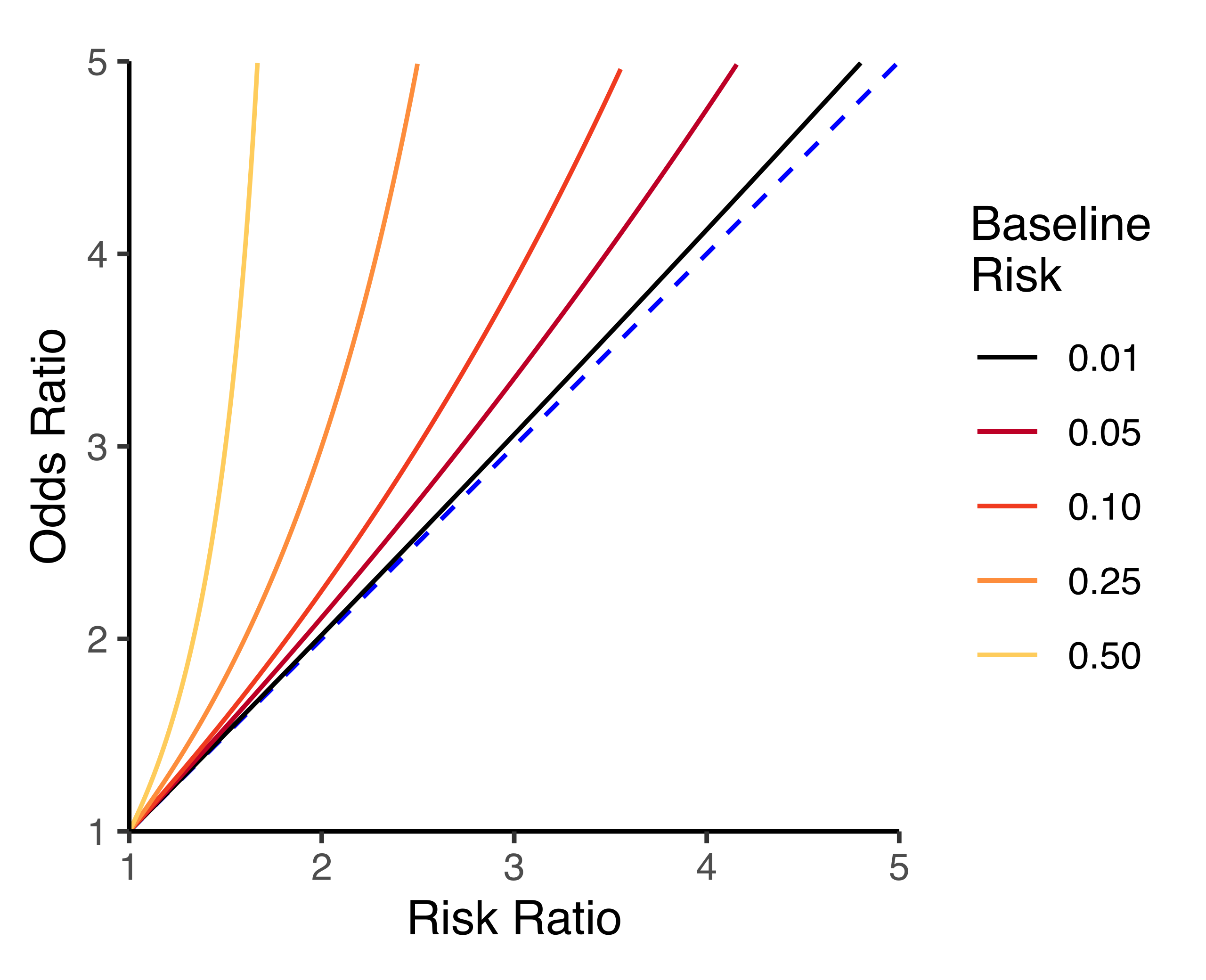



File Risk Ratio Vs Odds Ratio Svg Wikimedia Commons




Risk Differences And Rate Differences




Understanding Systematic Reviews And Meta Analysis Archives Of Disease In Childhood




Pdf When To Use The Odds Ratio Or The Relative Risk Semantic Scholar




Relative Risk Versus Odds Ratio Usmle Biostatistics 4 Youtube




Literature Search




On Biostatistics And Clinical Trials Odds Ratio And Relative Risk




How To Interpret And Use A Relative Risk And An Odds Ratio Youtube
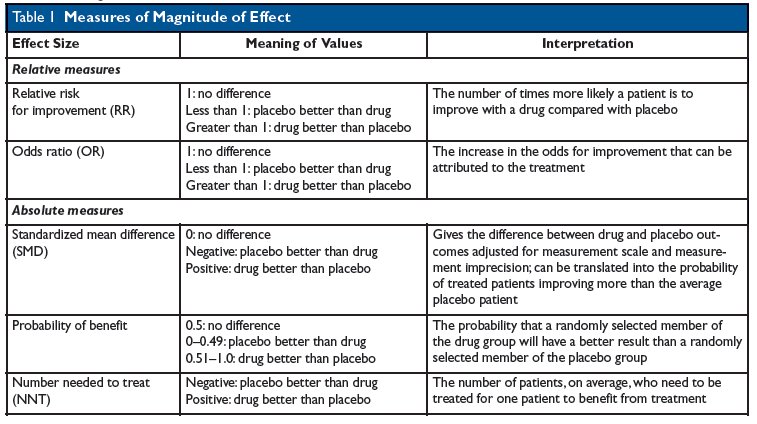



Kevin Whelan If You Re Struggling With Odds Ratios Relative Risks Standardised Mean Differences And Number Needed To Treat And The Associated Alphabet Soup Or Rr Smd Nnt Then This Paper



Relative Risk Ratios And Odds Ratios




Figure 1 From Interpretation Of Odds And Risk Ratios Semantic Scholar




Pdf When To Use The Odds Ratio Or The Relative Risk Semantic Scholar




14 Lab Slides Mo A



Definition And Calculation Of Odds Ratio Relative Risk Stomp On Step1




Calculating Relative Risk Odds Ratio And Rate Ratio Youtube




Measures Of Effect Relative Risks Odds Ratios Risk Difference And Number Needed To Treat Kidney International




Pdf The Relative Merits Of Risk Ratios And Odds Ratios Semantic Scholar




Risk Estimates Relative Risk Ratio And Odds Ratio Analyses For Download Table




1 A Comparison Of Odds Ratio And Risk Ratio With The Average Marginal Download Scientific Diagram




Relative Risks And Odds Ratios What S The Difference Mdedge Family Medicine




Cureus What S The Risk Differentiating Risk Ratios Odds Ratios And Hazard Ratios


